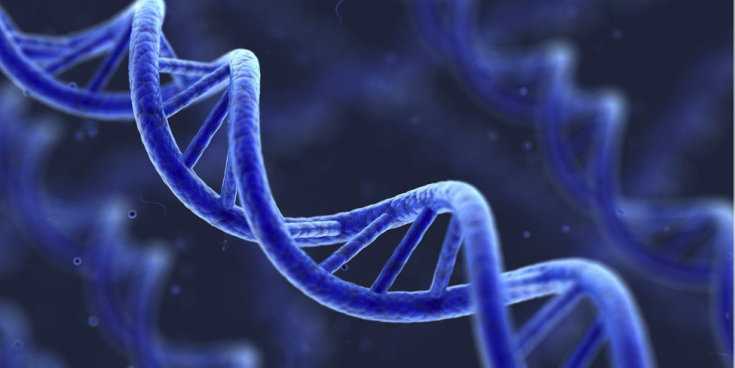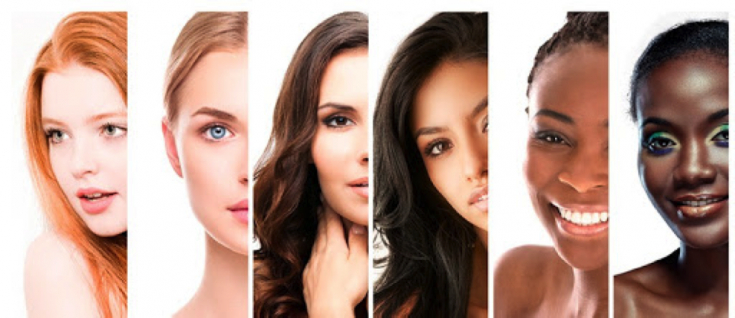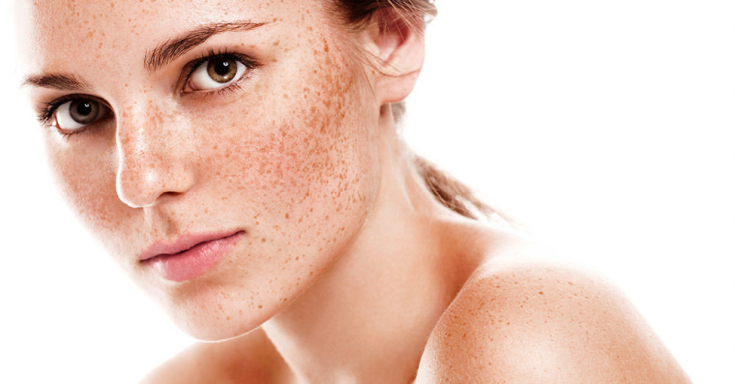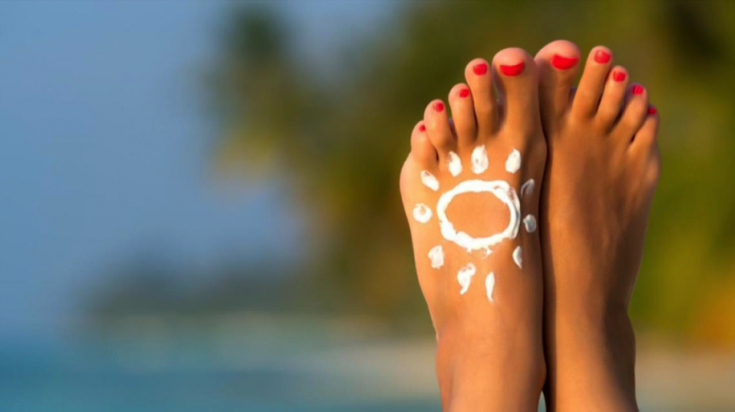Agree, waking up in the morning from the sun's rays is much more pleasant than from a noisy alarm clock. Sunlight is useful for our body to carry out biochemical reactions, the synthesis of necessary substances. Then why is everyone talking about how important protection of the skin from the sun? The solar radiation spectrum that touches our skin consists of several types of rays, but the most dangerous are ultraviolet rays. It is they, with prolonged exposure, that play the main role in the development of photoaging.
- Mechanisms of skin aging under the influence of solar radiation
- UV sensitivity according to skin types
- Clinical manifestations of skin lesions
- How to protect your skin from photoaging with sunscreens
Mechanisms of skin aging under the influence of solar radiation
Photoaging – a process that develops under the influence of ultraviolet radiation and causes changes in the epidermis, dermis at the cellular level.
Subscribe to our page on Instagram!
The main structural changes include thickening of the stratum corneum or its thinning with prolonged exposure, degradation of the basement membrane, a decrease in the number of collagen fibers, increased formation of blood vessels, and an increase in melanin synthesis.
Read also: Photoaging – objective reality and solutions to the problem
Mechanisms of exposure of human skin cells to ultraviolet rays can be divided into several groups: changes in the structure and function of DNA, photoinactivation of proteins and damage to cell membranes.

As a result of photochemical reactions photoproducts are formed, which cause damage to the DNA molecule. As a result, DNA replication is disrupted and mutations occur. Normally, the – protein is responsible for the processes of nucleic acid repair. p53 suppressor, which triggers the physiological death of the damaged cell. Thus, it protects the body from the formation of malignant cells. However, under the influence of prolonged exposure to ultraviolet rays due to mutation, the protein cannot fully perform its functions and protect the DNA molecule of the cell.
The second mechanism of skin damage is protein photoinactivation. Ultraviolet radiation causes changes in their structural components – amino acids. Ultimately, this leads to the loss of the functional activity of proteins and their destruction.
An equally important mechanism is damage to biological membranes. Photooxidation of lipids occurs. Fat-soluble antioxidants react and come to the rescue, but are subject to photodegradation. Thus, as a result of prolonged exposure to ultraviolet rays, the antioxidant and antioxidant systems of the skin are depleted.
As you can see, sunlight is not so safe. With prolonged interaction, it can also cause an inflammatory reaction of the skin, erythema, immunosuppression, degradation of collagen and elastin.
Sensitivity to UV rays according to skin types
One of the main factors determining sensitivity to solar radiationis the phototype. Currently, there are several classifications of skin types, but the Fitzpatrick classification is considered the most complete:

- Type I
- main features: white skin, red or blond hair, blue eyes, freckles;
- skin is very sensitive to UV radiation, always burns, never tans.
- Type II
- light skin, blond or red hair, freckles, blue or green eyes;
- skin is very sensitive to UV rays, tans with difficulty, but burns easily.
- Type III
- light or peach color, sensitive to UV radiation. Such skin sometimes burns, but tans well.
- Type IV
- light brown skin color, moderately sensitive to sunlight. This type of skin burns very rarely, tans well.
- V type
- brown or olive skin color with moderate sensitivity. Such skin is minimally sensitive to burns, tans well and does not burn.
- VI type
- very dark skin color. This type is the least sensitive to ultraviolet rays, never burns, tans beautifully.
Clinical manifestations of skin lesions
One of the most common signs of photoaging - wrinkles, dry skin – xerosis, pigmentation.
Read also: What cosmetic procedures will protect against skin photoaging
Wrinkles due to damage to collagen and elastin fibers are deeper. Xerosis manifests itself in roughness and wrinkling, the skin looks dehydrated.

Pigmentation disorders when the skin is damaged due to ultraviolet rays, it manifests itself as freckles, lentigo, areas of diffuse hyperpigmentation and teardrop-shaped hypomelanosis. Freckles – multiple spots of a rounded shape, with a diameter of 0.2 – 0.5 cm Lentigo – light spots – brown, irregularly shaped, with clear boundaries, 1-2 cm in diameter. Teardrop-shaped hypomelanosis is rounded skin depigmentation areas 0.2-0.5 cm in diameter that do not merge with each other.
More rarely, but also signs of skin damage, actinic elastosis and keratosis.
- Actinic elastosis – areas are pale – yellow with diamond-shaped slits and grooves
- Actinic Keratosis – areas of hyperkeratosis with dense pale – yellow crusts
Vascular disorders are represented by telangiectasias, purpura and venous lakes. Telangiectasia – areas of expansion of arterioles and capillaries. Venous lakes – benign vascular growths of venules. Purpura is characterized by small capillary hemorrhages on the skin.
Other, equally important signs of skin aging are sebaceous hyperplasia and comedone formation.
How to protect your skin from photoaging with sunscreen
The main role in prevention of photoaging belongs to sunscreens.
They must meet a number of requirements: resistance to light, high temperature, water, low penetration into the stratum corneum of the skin, the ability to effectively prevent burns and invisible effects of radiation.

Sunscreens contain physical or chemical filters that actually block ultraviolet rays. Physical compounds include titanium, zinc. They are on the surface and, like a mirror, reflect sunlight. Chemical filters convert it into heat without harming our skin.
Read also: Effective sun protection: which means to choose
When choosing a sunscreen, the main criterion is SPF - sun protection factor.
For example, SPF 50 means that 50 times more radiation is needed to cause erythema on the skin when using protection than without sunscreen.
However, this does not mean that it is allowed to stay in the sun 50 times longer.
If you have a desire to keep your skin young and radiant, delay the appearance of wrinkles and other "joys"; aging, do not neglect sunscreen. You just need to choose a personal protection product for your phototype, with an SPF level that can protect your skin from the negative effects of ultraviolet rays.
More useful information on our channel in Youtube:







Add a comment